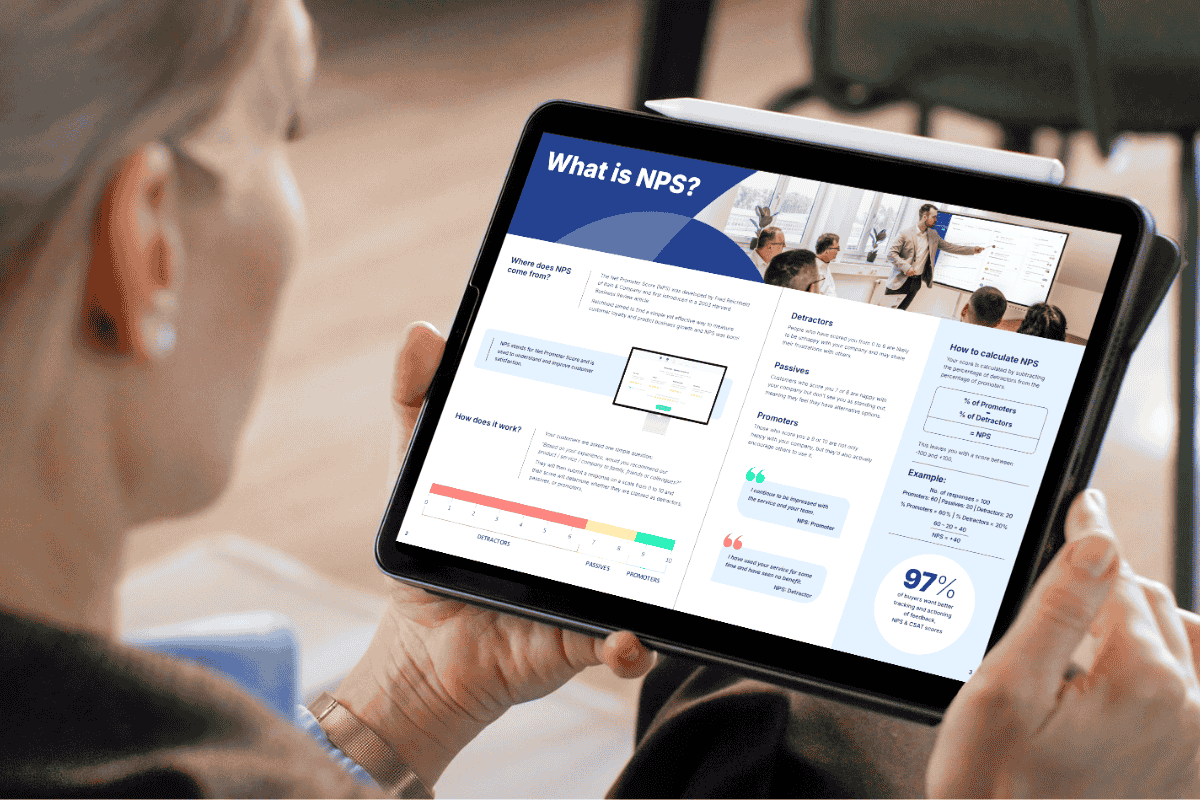
In the complex world of enterprise B2B, the line between a frustrating supplier relationship and a true strategic alliance is remarkably thin. We’ve all seen how seemingly successful business relationships can silently deteriorate, not with dramatic failures, but through the slow erosion of strategic alignment and meaningful communication.
The hard truth about business relationships today
We have to acknowledge the uncomfortable reality that many business relationships are broken. Our recent research involving 200 enterprise buyers and suppliers across the US and UK revealed that a startling 88% of buyers are frustrated with their suppliers. This isn't just a number; it represents thousands of strained partnerships where:
- Communication has become one-sided - buyers demand increasing amounts of data while suppliers struggle to share the insights that actually matter.
- Expectations have drifted out of alignment - shared objectives morph into competing priorities.
- Reactive problem-solving has replaced strategic planning - both parties are left fighting fires instead of preventing them.
- Partnerships have devolved into transactional exchanges – where the only measures are metrics and SLAs.
The cost of this breakdown is enormous. Innovation stalls. Value erodes. Efficiency suffers. And frustration builds until these relationships become more burden than benefit.
The gap between perception & reality
In our research, ‘The QBR Frustration’, we uncovered a profound disconnect in how buyers and suppliers experience their relationship touchpoints.
66% of suppliers feel client meetings focus too heavily on metrics rather than relationship quality, and 86% of buyers report that these same meetings fail to address their evolving business needs. In addition, 88% of buyers feel current relationship touchpoints don't include strategic planning or innovation discussions - which makes sense given that only 21% of suppliers are ‘very confident’ their key customers understand the value they're delivering.
The data tells a clear story; we're investing significant time in relationship touchpoints that simply aren't delivering strategic value.
However, there is some good news! Relationships with the greatest friction often hold the greatest potential for transformation.
Clientshare’s experience with tens of thousands of business reviews has shown that the difference between a failing relationship and a thriving partnership isn't about complete relationship overhauls or grand transformations - it's about how we approach and transform a handful of critical touchpoints.
4 critical steps to transform your client relationships
Based on our experience in helping enterprise clients rebuild strategic partnerships, I've identified four critical steps that can fundamentally change relationship dynamics:
- Assess your relationship
- Establish a shared vision
- Implement strategic communication
- Collaborate to create value
Turning insights into action
The frustrations and disconnects we’ve explored don’t have to define your client relationships. In fact, by focusing on a few well-chosen touchpoints, enterprise suppliers have a real opportunity to shift from transactional interactions to strategic partnerships that deliver lasting value.
The four steps outlined above aren’t just theories; they’re the practical foundations of stronger, more aligned partnerships.
In our next article, we’ll take a closer look at each of these steps, explore the key touchpoints in your review process, and show you how to turn them into moments that matter.

